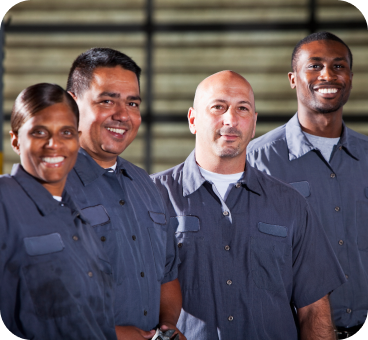All Articles
topics
AllBuilding LeadersFive Star RestorerHiringLeadershipOnboardingOperationsPartnershipsProduct GuideProduct UpdateRetentionSalesWhy Workers Quit
In An Era of DIY AI, KnowHow Is Doubling Down on Security & Privacy
KnowHow’s SOC II Type 1 Certification reaffirms its commitment to enterprise-level security, privacy, and data control.

Thomasville Restoration Adopts KnowHow to Standardize Training and Operations Across the Mid-Atlantic
September 18, 2025 – Calgary, AB — Thomasville Restoration announced it is equipping its workforce with KnowHow, an AI-powered platform that centralizes company knowledge and standardizes onboarding, training, and day-to-day operations so teams can deliver consistent results on every job.
Thomasville’s mission is clear: Helping Families Put Their Homes and Lives Back Together.
The company is known for its “Thomasville Touch”—white-glove service rooted in family-first values—and supports custom

ATI Builds Competitive Edge with KnowHow, Advancing Workforce Training Nationwide
Partnership combines ATI’s 100,000+ annual training hours with KnowHow’s AI-powered workflows to accelerate employee growth and deliver consistent client outcomes.

Network Mode: The Smartest Way to Equip Every Location With Your Brand Playbook
It starts with one franchise location. Then three. Then seven.
At first, you’re on every kickoff call, helping them set up training. Ensuring they’ve got your company’s Standard Operating Procedures. Maybe even uploading a few documents yourself.
But somewhere between locations ten and twenty, the cracks start to show.
A franchise owner calls from Florida: “Where do I find the PPE protocol?”
Your Montana franchise is onboarding their estimator with a deck from 2021. And the office in New Mex

Why Restoration Companies Are Replacing Paper SOPs With Digital Alternatives
The SOP binder was there. Technically.
Coffee-stained. Dog-eared. Wedged under a stack of customer receipts on the passenger seat.
It had the right steps...if you could find the right page. If you could remember to look through it. If you weren’t ankle-deep in Category 3 water with a distraught customer staring over your shoulder.
Across town, another restoration technician walked into a similar CAT-3 water loss job site. She tapped open a digital SOP on her phone, complete with annotated pho

How to Use SOPs to Improve Efficiency in Your Restoration Business
You used to know the details of every job.
You knew which technician had the strongest containment knowledge, who needed reminders about drying logs, and how long a CAT-2 clean up should take—because you were on-site, every day, tracking the details yourself.
Now you’re in the office, or running between different job sites. The phone rings more than it should. Jobs stretch. Your restoration business is growing, but alignment is slowing. The work still gets done, but not quite the same way twic




